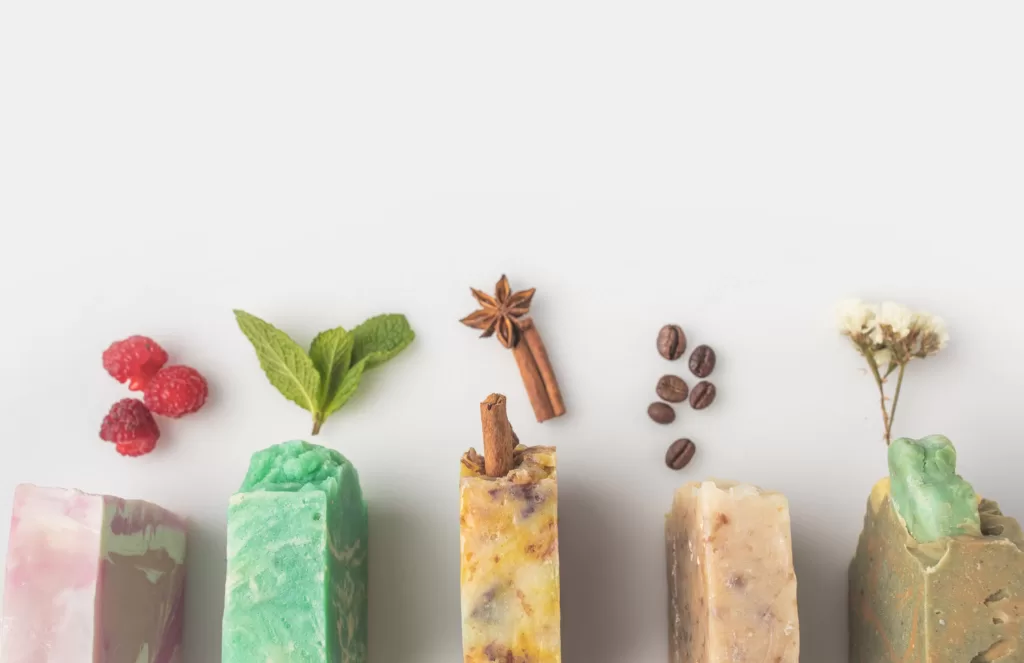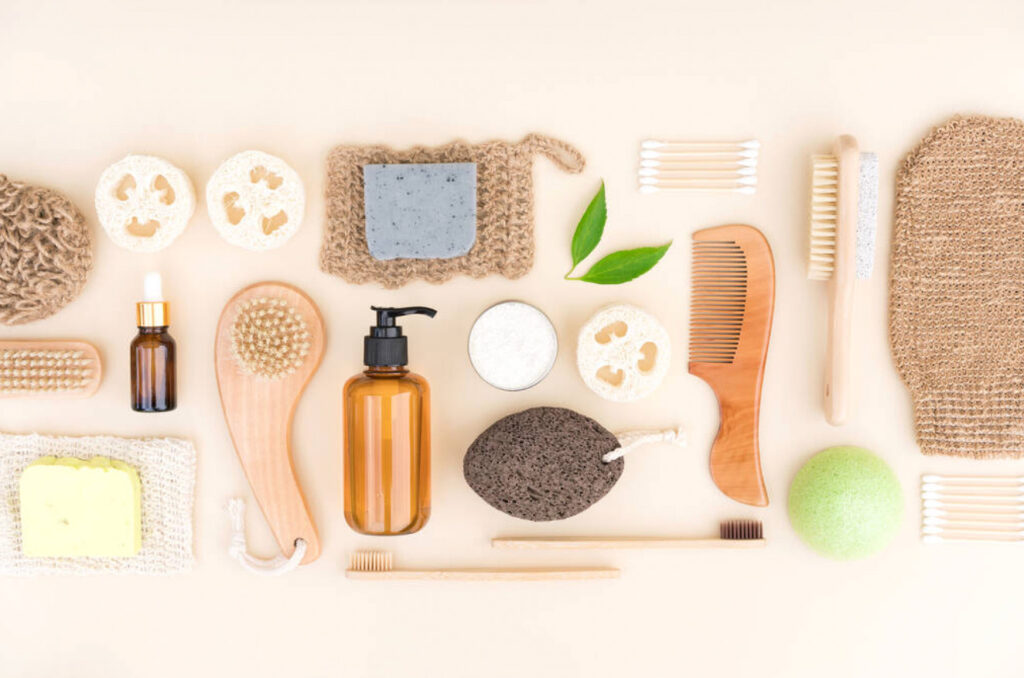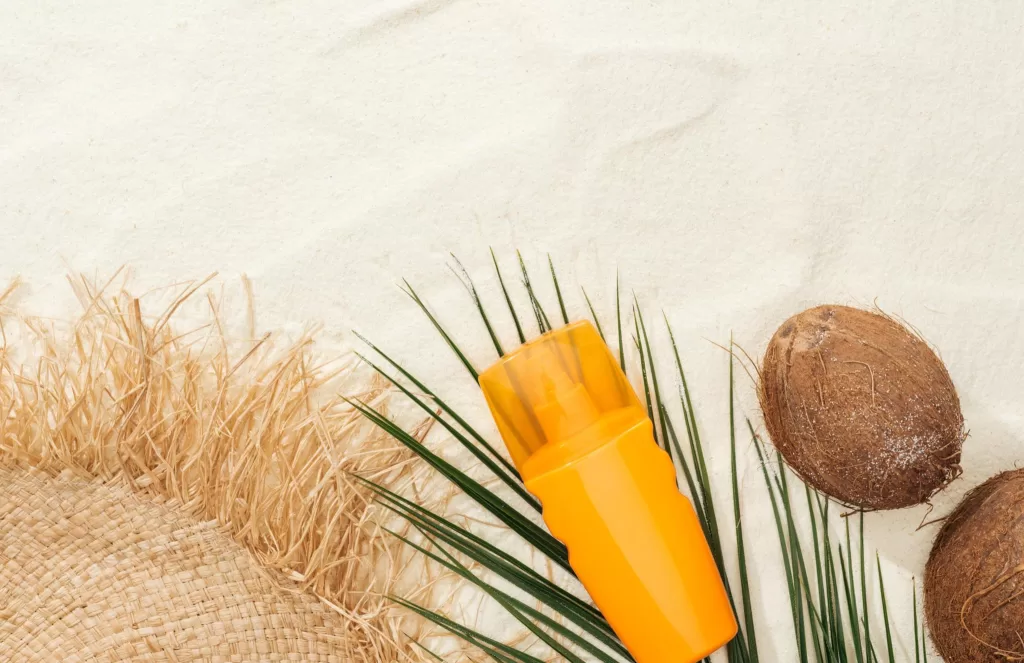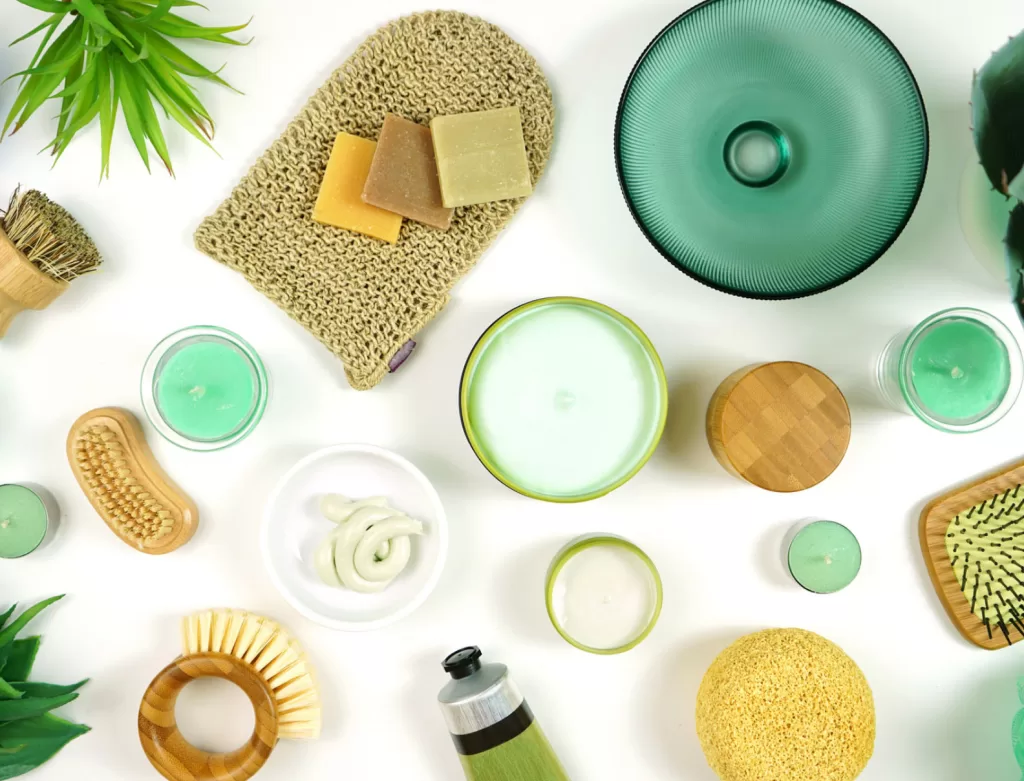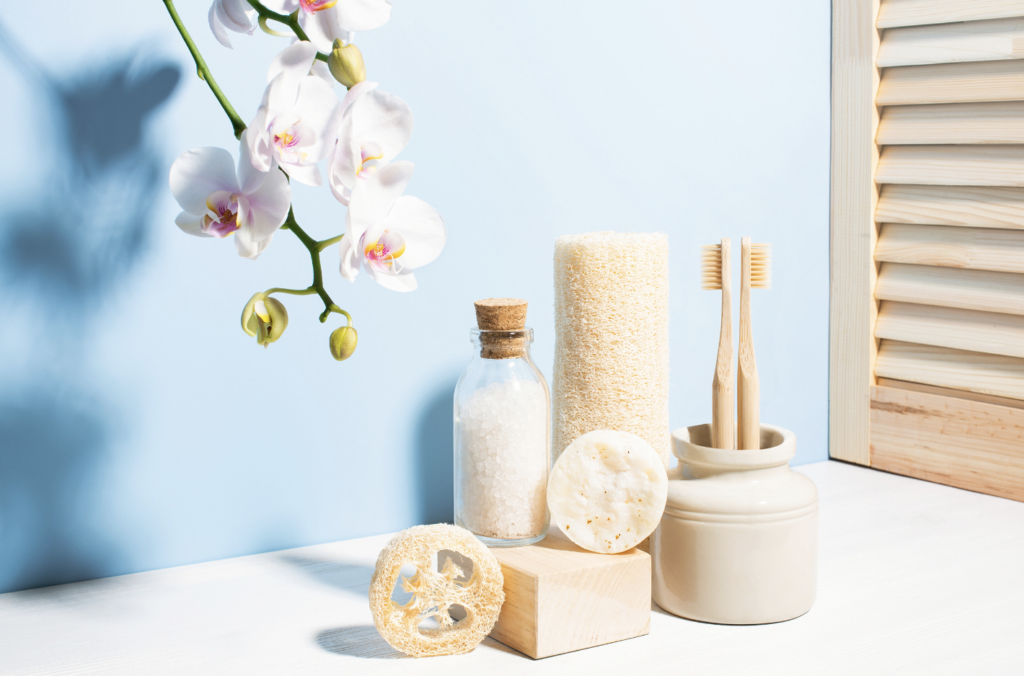Eco-Friendly Beauty Product Packaging
Estimated reading time: 13 minutes
With the cosmetics industry all over social media, young people are becoming customers of beauty at an early age. With over $393 billion in revenue worldwide in 2022, the environmental effects of the beauty industry can be detrimental. Plastic has taken over, and in the name of sustainability, it’s time we start choosing health and beauty products with eco-friendly packing.
Sign up for our newsletter here and we’ll send you a free copy of our “Ultimate guide: Understanding Sustainability!”
One thing that I noticed over my fourteen years of teaching, is that it is now far more common for young people to be using cosmetics. Thankfully, it’s also far more common to hear classroom students learning about sustainability and our environmental impact than it was even twenty years ago. This conversation has led to talks about eco-friendly beauty product packaging. Without a switch to eco-friendly beauty product packaging, we’ll continue to dump single-use plastics into our landfills.
key takeaways
- The personal care and cosmetics industry creates 120 billion packaging units per year.
- The most sustainable lifestyle is one of minimalism – use what you have and only buy what you truly need.
- Choose cosmetics and other health and beauty products that are sustainably packaged.
- Some examples of eco-friendly packaging include: PCR packaging, compostable or biodegradable packaging, and reusable or refillable packaging.
- The best packaging is no packaging at all!
Jump To:
- Product & Brand Recommendations
- Eco-Friendly Packaging – what makes packaging sustainable?
- Post Consumer Recycled Packaging – what is it?
- Compostable & Biodegradable Packaging – cornstarch, seaweed, and bamboo packaging.
- Reusable, Refillable, & No Packaging – aluminum, glass, and “naked” zero-waste packaging options.
- Social Sustainability – people in the industry matter too!
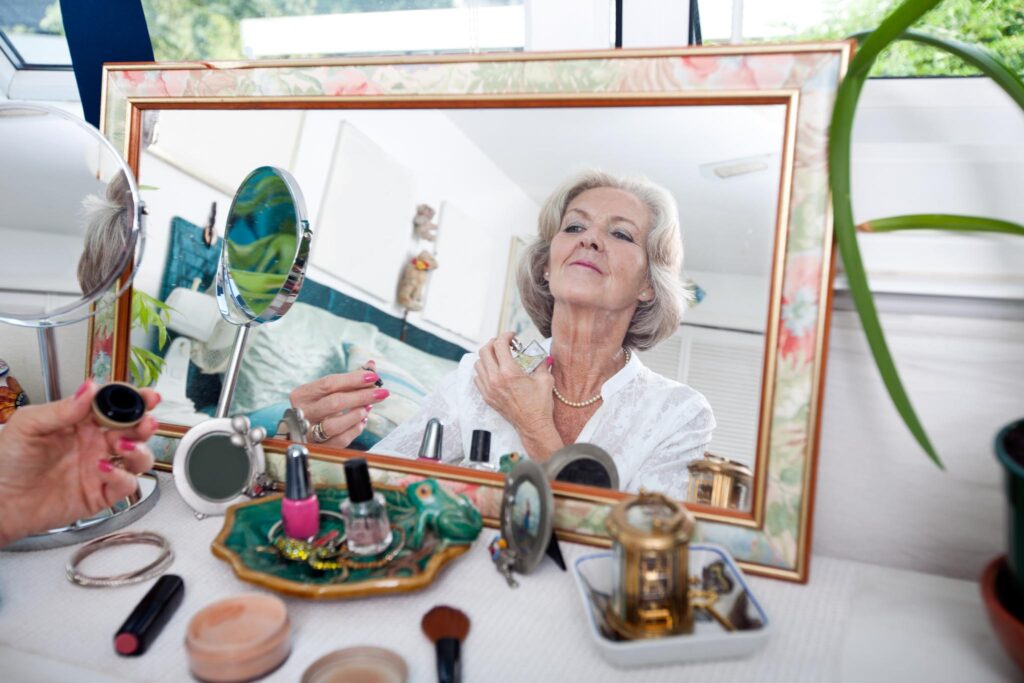
Sustainable Packaging
For packaging to be truly sustainable, we must consider its’ entire life cycle, from production to sale and back again. Choosing products in the different kinds of eco-friendly packaging below is a terrific starting point. But if you want to hold a cosmetic brand accountable on a holistic level, look into their manufacturing process and waste production too!
What’s The Big Deal?
The personal care and cosmetics industry creates 120 billion packaging units per year. Many cosmetics packaging materials are not recyclable or biodegradable. This means all of that bubble wrap, hard plastic, and foam ends up in our landfills, taking up space and leaching toxins into the ground. And we’ve all seen the horrifying images of marine life ingesting or getting caught in plastic waste. Not to mention that almost all plastics are created using fossil fuels. It’s time to start thinking about eco-friendly cosmetic packaging.
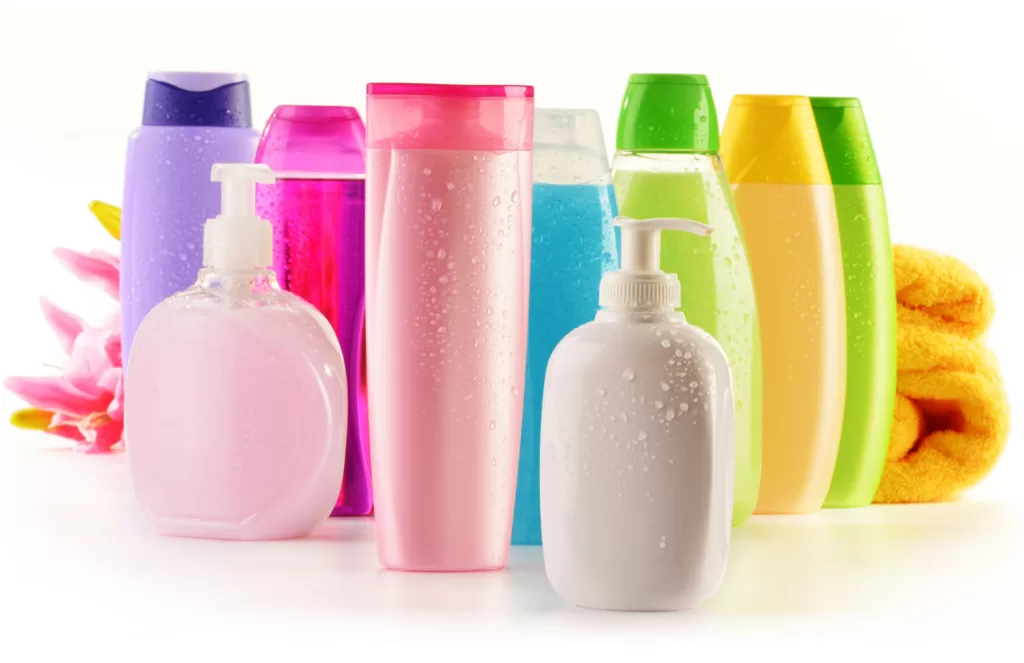
Who is Responsible?
That’s a tough question. Is it the cosmetics companies? Is it the customers? I think it’s both. If we, the customers, start demanding and only purchasing from cosmetic product lines with sustainable packaging, the industry will need to adapt.
What Can I Do?
Reading this article is a good start! Your first step is educating yourself about eco-friendly beauty product packaging and vowing to do your best to avoid those harmful to the environment.
Thankfully, there are already many cosmetics companies and manufacturers that are taking sustainable packaging into account. Many are creating plastic-free beauty packaging using minimal, renewable, or upcycled packaging materials, that are biodegradable or refillable.
Take some small steps to create a plastic-free beauty routine and eventually you’ll get there. Thinking about quality over quantity also eliminates excess waste – a truly sustainable lifestyle is one of minimalism, don’t forget!
Just as no person has a perfectly sustainable lifestyle, no one packaging is perfect either. Here are the ones leading the market today, helping us build a more sustainable future.
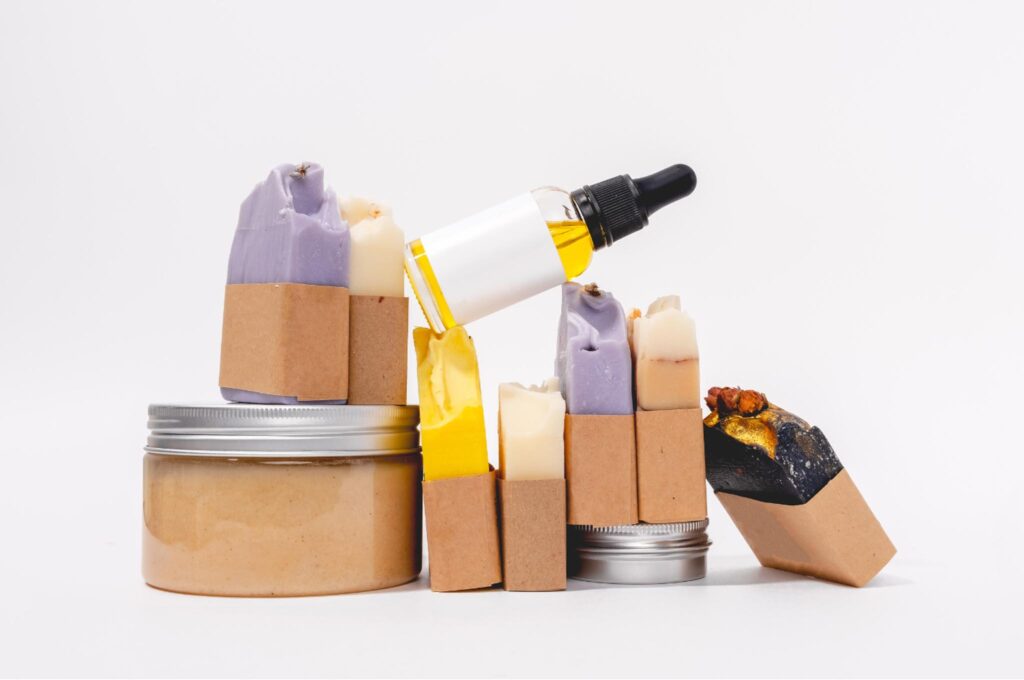
Post-Consumer Recycled Packaging
PCR packaging are those made from previously used and then recycled materials. This can be recycled paper, cardboard, aluminum, plastic bottles, and more. There are many benefits to using this kind of material in the packaging industry. Using recycled materials cuts down on water and energy use in production while still allowing for a variety of strong and reliable packaging.
One thing to consider when purchasing beauty supplies in PCR packaging is whether or not you will be able to recycle them later on. Additions are sometimes made to packaging that would otherwise be recyclable, like using certain dyes or inks, that render them non-recyclable. Make sure the packaging still has the plastic #1 or #2 in the recycling arrow triangle to be confident that it is still truly recyclable beauty packaging.
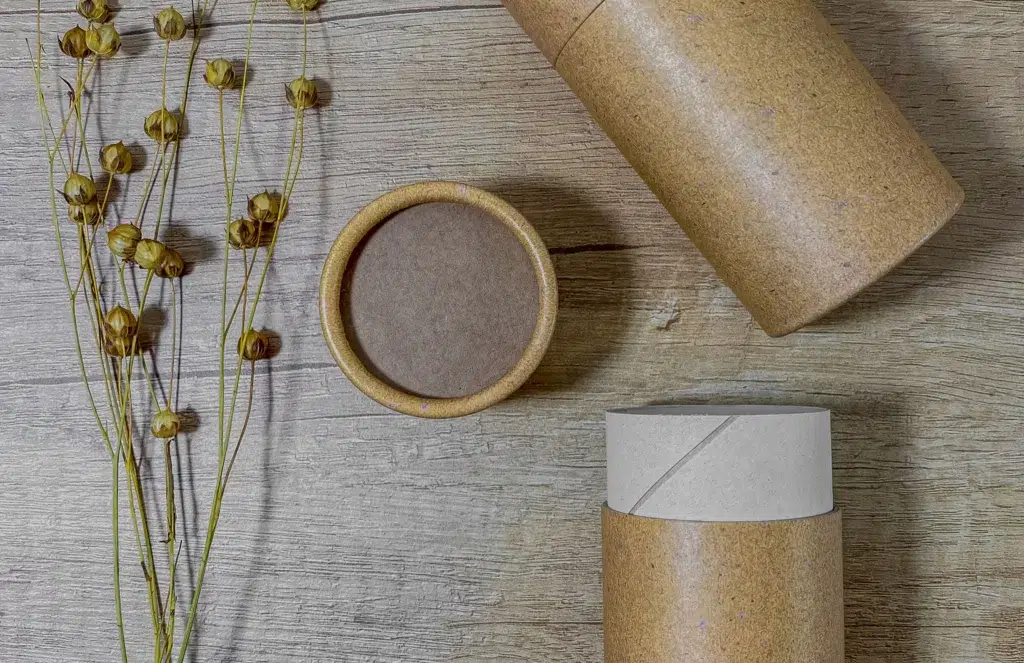
Compostable and Biodegradable beauty Packaging
Unlike PCR packaging, eco-friendly beauty product packaging made from bio-based natural raw materials can be composted. Like PCR packaging, they also don’t require any raw fossil fuels to produce, leading to lower carbon emissions during manufacturing.
Cornstarch Packaging
Cornstarch packaging can be made to look and feel just like plastic! Because it doesn’t require fossil fuels to create as does conventional plastic, it’s a great alternative when it comes to eco-friendly cosmetics packaging. It doesn’t contain toxins, making it safe for food packaging, and it’s also compostable.
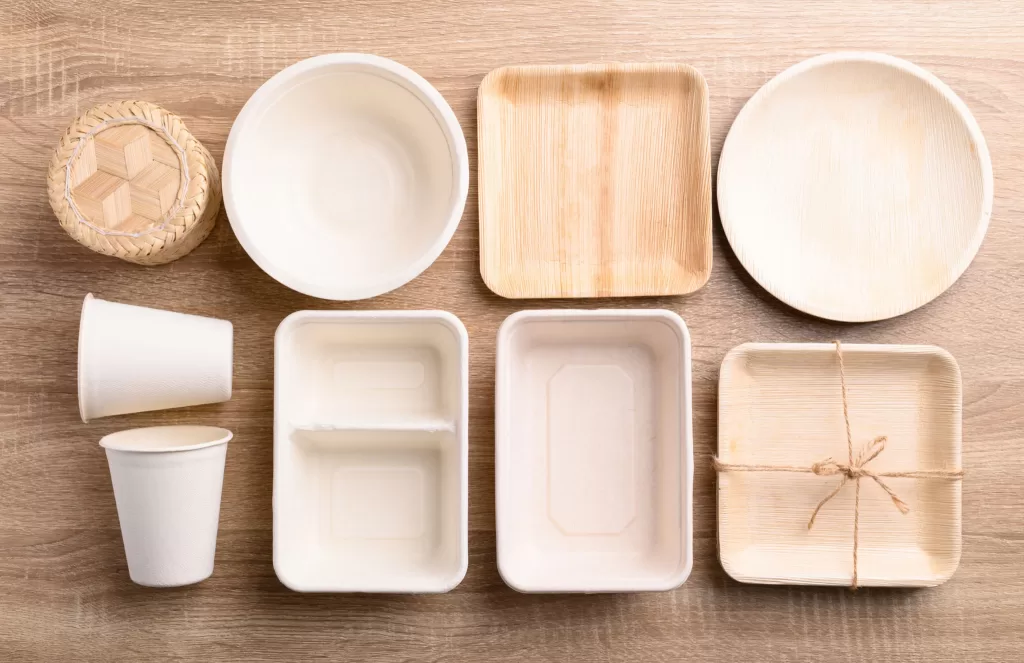
This last point, though, leads us to one of its weaknesses. To be composted effectively, it must be done in a commercial composting facility. Many cities lack these facilities, and composting in itself is not a perfect waste-disposal method as the process emits greenhouse gases such as methane.
Seaweed Packaging
Other bio-based packaging using crop-grown ingredients, such as corn for cornstarch packaging, can lead to clear-cutting land and require pesticide use, causing other harm to the environment. Seaweed packaging, although not always a perfectly sustainable option, can eliminate this additional land requirement and requires no extra chemical or water use to grow.
One of the many benefits of this eco-friendly cosmetic packaging is that it is compostable and fully biodegradable. And, if it is made with the intention in mind, seaweed food packaging can be edible!
Bamboo Packaging
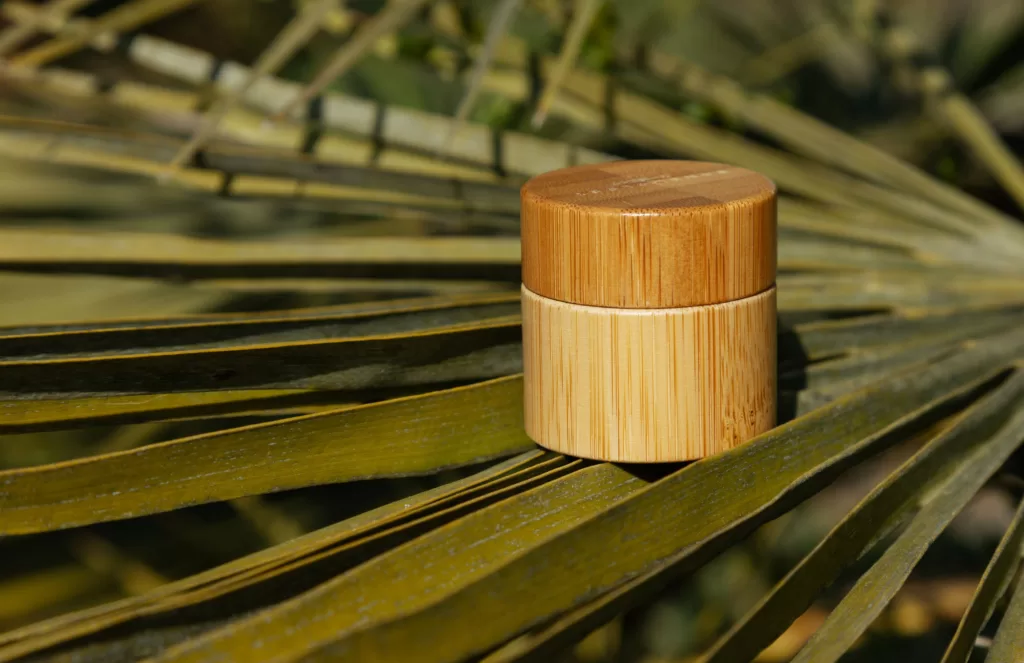
It’s everywhere – eco-friendly bamboo clothing, furniture, accessories, kitchen tools, and now, packaging. Bamboo has skyrocketed in the sustainability scene for many reasons. It does not require herbicides or pesticides and grows quickly with little water. It can sequester up to ten times more carbon than other hardwood varieties and is compostable.
When we consider bamboo packaging, in most cases, no chemicals or additives are needed in the production process. As far as renewable materials go, this natural fiber packaging might be winning the race.
But there has to be a catch, right? Of course, because no package is perfect, there will always be an environmental impact. Currently, 75% of the world’s bamboo harvest comes from China, meaning transportation emissions are an issue. We should also consider what increased demand inevitably brings about – the use of fertilizers and clear-cutting land to increase yields.
Reusable, Refillable and Package-Free
So far, we’ve covered some green product packaging that can be recycled or composted. You may be asking how we can further reduce the waste or even completely zero the packaging.
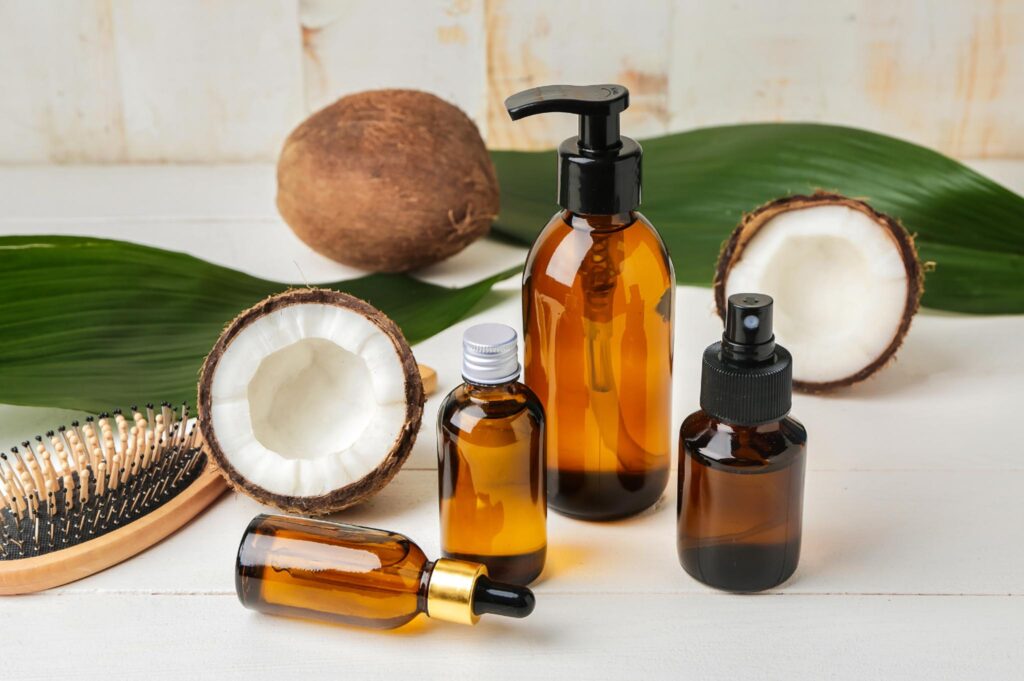
Aluminum Packaging
Another eco-conscious packaging solution is aluminum. Aluminum is lightweight and strong and can be recycled an infinite number of times, creating a closed loop when done properly.
Better still, many beauty products are now available in reusable and refillable aluminum jars and containers. Wondering how to refill those? Keep reading!
Glass Containers
Regarding eco-friendly packaging, reusable and refillable glass containers or jars are top-notch. “Refill or replenish” is one of the more overlooked categories of the 10 Rs of sustainability. You may be wondering how it works, though. I had the same questions – how and from what do I refill them to be less wasteful?
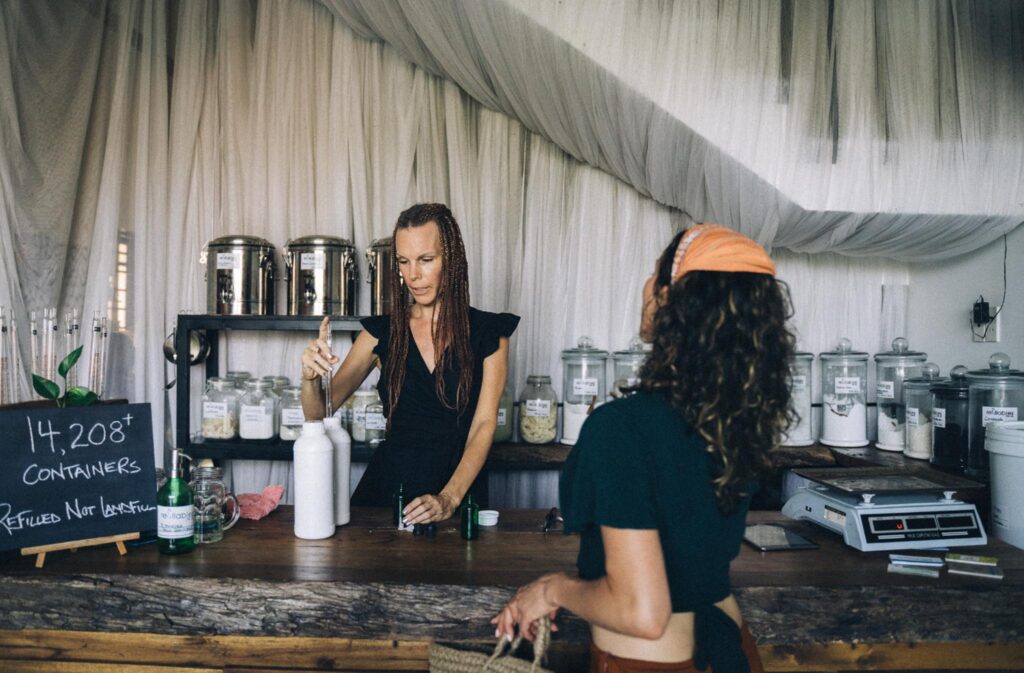
Typically, there are two options. There are more and more cosmetics stores that are installing refill stations on-site. A quick search for “cosmetic refill stations near me” yielded many results in the cities I tried.
Another option is to refill your reusable containers and jars from pouches. These are made with less packaging and from recyclable or natural materials, like aluminum. Because these pouches are malleable, you can squeeze out every last drop, meaning less product waste. You should be able to purchase these from the cosmetic company from which you originally bought your refillable containers.
No-Package or “Naked” Products
Some cosmetics brands are now taking sustainability to another level – zero-waste packaging – meaning no packaging at all! Clearly, this is the most minimalist packing design and beats any other packaging materials. The is most eco-friendly cosmetic packaging you can choose!
There are now products available in bar form (think a bar of soap), like shampoo, body wash, massage bars, and more. Because they are in solid form, they don’t require any packaging when bought directly from the store. Don’t fret, they may look like the bar of soap in your grandma’s bathroom, but they contain all the traditional good stuff in their bottled alternatives!
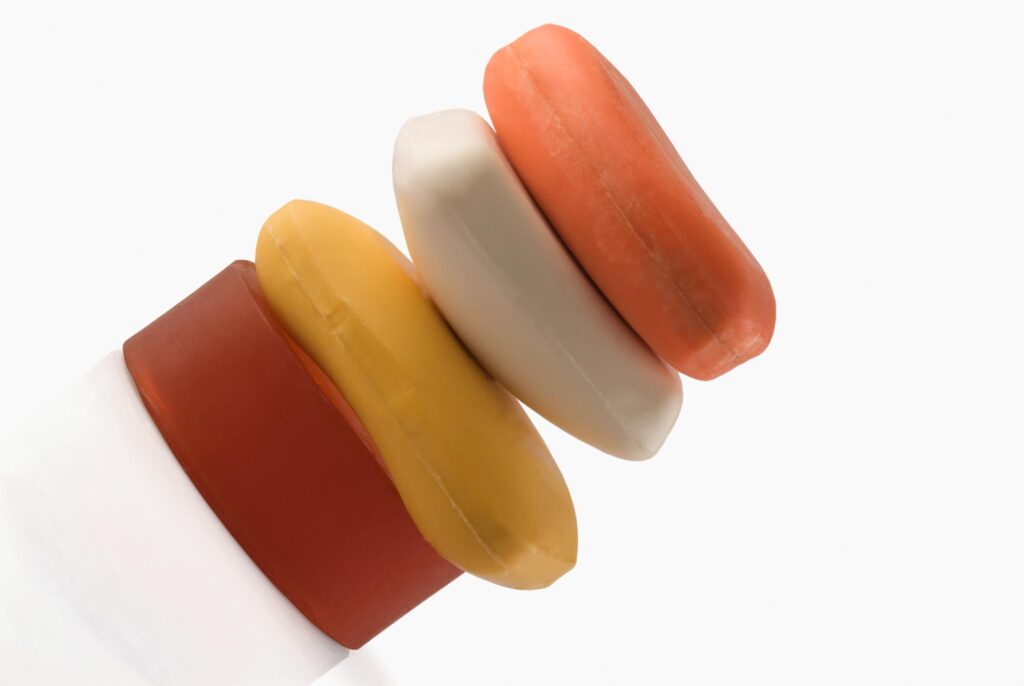
Let’s Not Forget the People
Making more sustainable choices in our health and beauty routine involves many aspects, with the packaging being just one. Once you’ve got a good grasp on eco-friendly packaging options, let’s next consider the economic and social factors of sustainability.
Companies in the beauty and cosmetics industry should be responsible for treating and paying their workers fairly, true. But this doesn’t relieve us, the customers, from doing our due diligence. Don’t be afraid to investigate your favorite beauty brand’s ethical code of conduct (they should have one!) Support brands that make the environment and people a priority.
If you need more help figuring out if a product is ethically made, you can also look for trusted third-party certifications such as FairTrade. Another indicator might be where the product is made. Buying a locally sourced and manufactured product will more likely be ethically made and cuts down on your carbon footprint through reduced transportation emissions.
sustainable Brand Recommendations with eco-friendly packaging
These products and brands have made responsible packaging choices a priority!
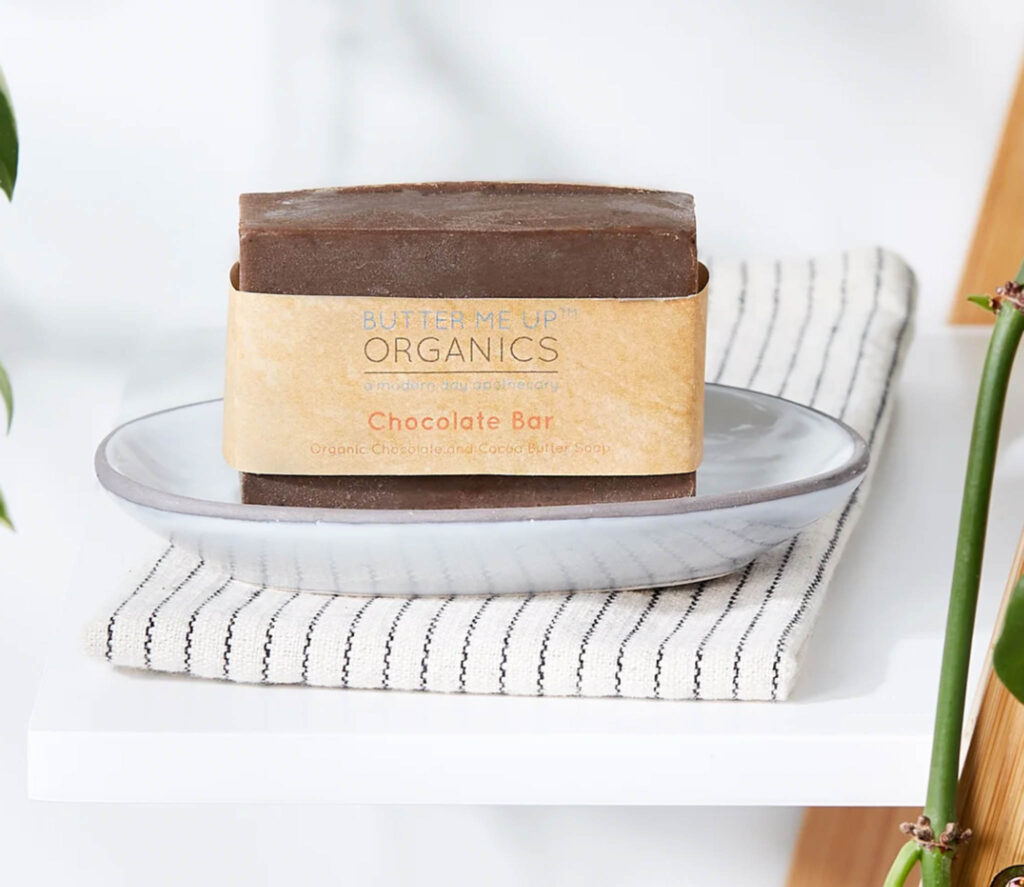
butter me up organics
- Glass, tin, or paper packaging for products.
- Soy ink and recycled packing materials.
- No synthetic ingredients fragrances or dyes.
- Items made small batch in studio in Livermore, Ca.
- Cruelty-free
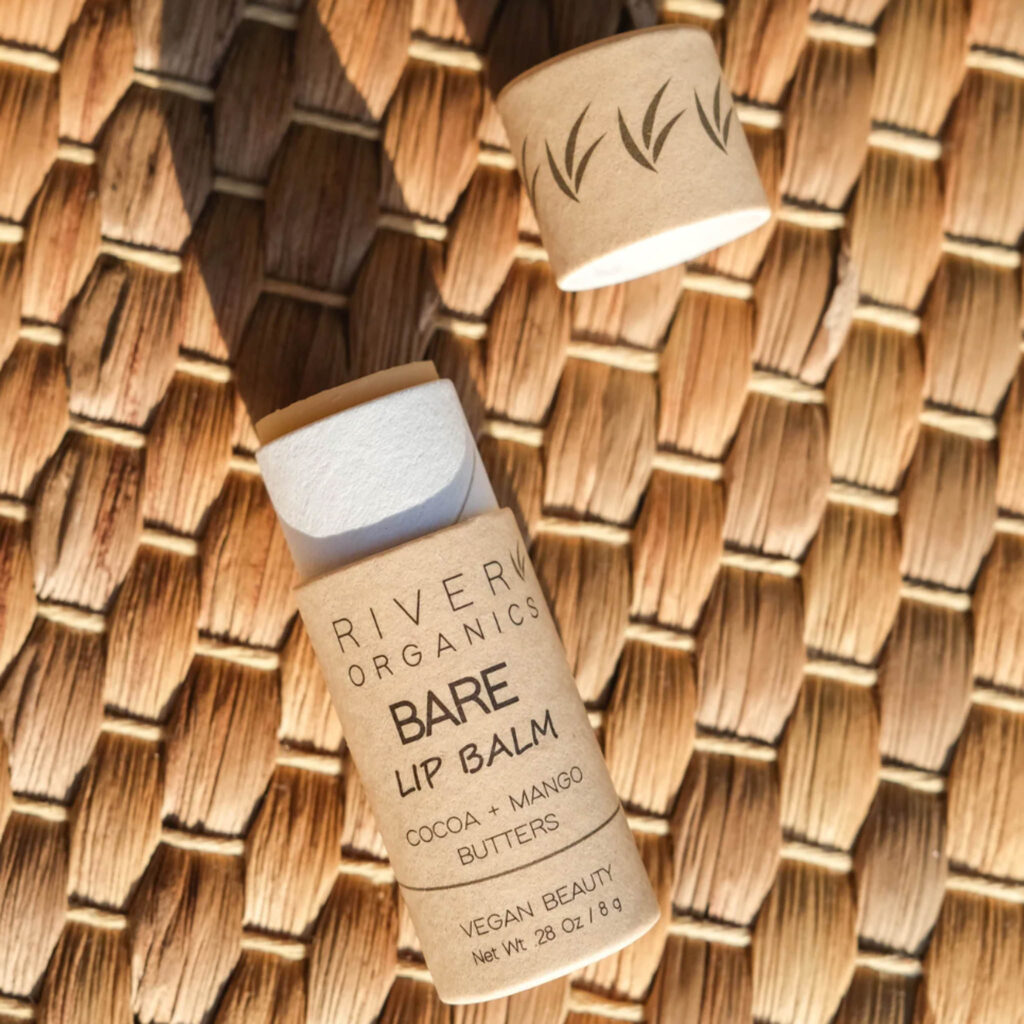
river organics
- Paper-based packaging that is fully compostable
- Orders shipped in recycled envelopes from Eco-Enclose
- Safe and hydrating for all skin types
- Organic and natural ingredients in eco-friendly packaging
- 100% vegan ingredients – Leaping Bunny Certified
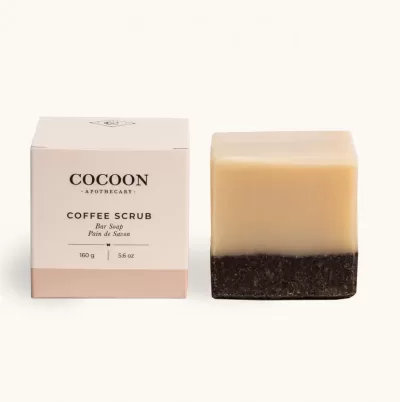
Cocoon apothecary bar soap
- Plant-based bar features coffee grounds to exfoliate and soften skin
- Crafted with saponified oils
- Avoiding the use of synthetic detergents like SLS
- Use cold-pressed oils and natural fragrances
- Cruelty free – Beauty Without Bunnie certified
- 24 products COSMOS Ecocert certified
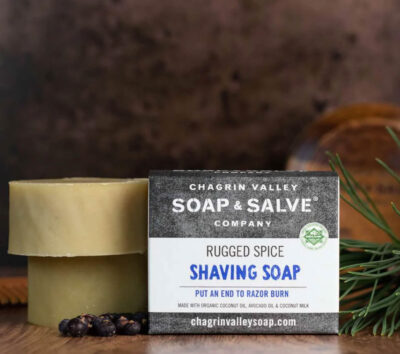
chagrin soap & Salve Co.
- Product packaging is 99% plastic-free
- Fragile materials wrapped in FSC® certified honeycomb kraft paper
- Cruelty free – Leaping Bunny certified
- Family run business
- USDA Organic certified
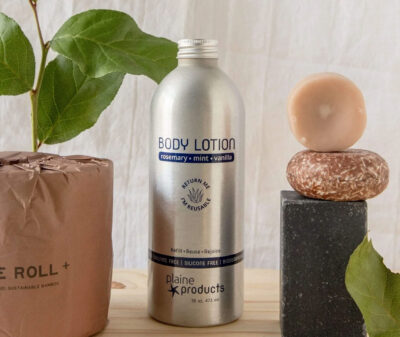
Plaine Products
- Refillable, nontoxic, plastic-free products
- Send the old bottle back to be reused for free
- Made in the U.S.
- Cruelty free – Leaping Bunny & PETA certified
- B Corporation
- Carbon neutral
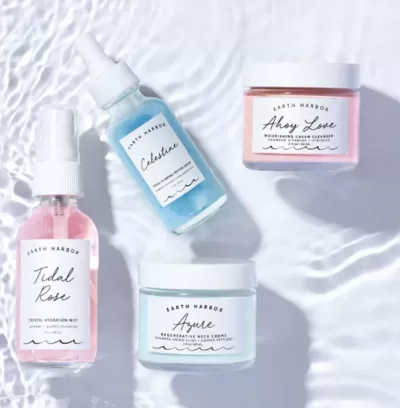
earth harbor naturals
- 100% reusable and recyclable packaging
- Climate Neutral certified, plastic negative
- FSC certified
- Cruelty free – Leaping Bunny & PETA certified
- Partner with 1% for the Planet®
- Women-owned
- USDA Organic certified
eco-friendly beauty product packaging conclusion
You might decide to go all the way and significantly decrease your use of cosmetic products, reducing your carbon footprint and increasing your eco-friendliness. Or, you might simply remember to look for more sustainable packaging next time you need a product. If you find yourself with some old, expired, unused or unwanted makeup or cosmetics containers, make sure you dispose of them properly.
Regardless of your choice, your effort counts! Start small and work toward becoming a super sustainable customer in the beauty and cosmetic industry. All of our simultaneous small steps add up in the end!
Remember, every journey must start with just one step – your path to a sustainable beauty routine is no different.
All products recommended to you on Successfully Sustainable are independently researched in depth. To avoid waste and lead a minimal lifestyle, we test products only when required. This post contains affiliate links. If you buy something through our links, we may earn a small commission. Learn more about this here.

